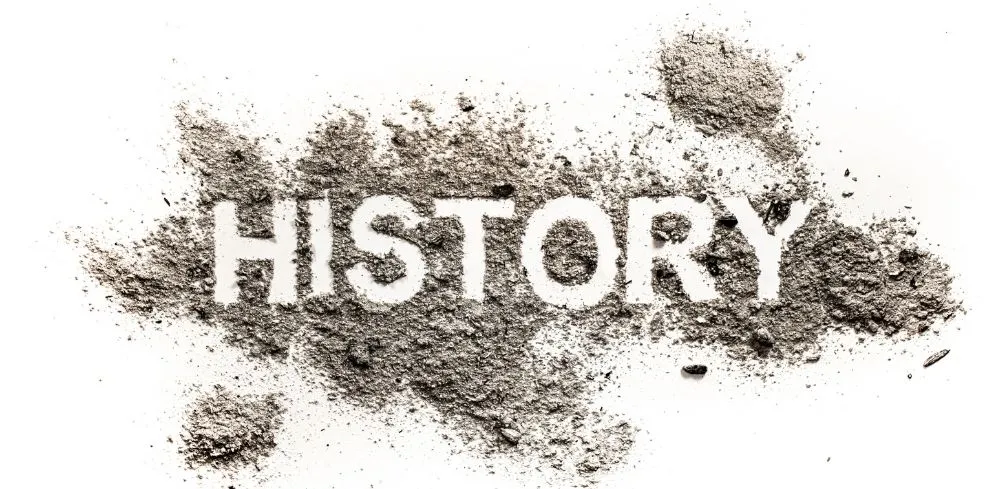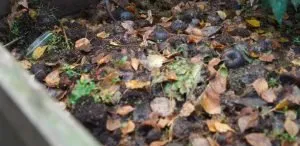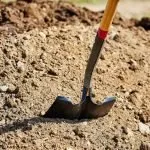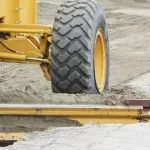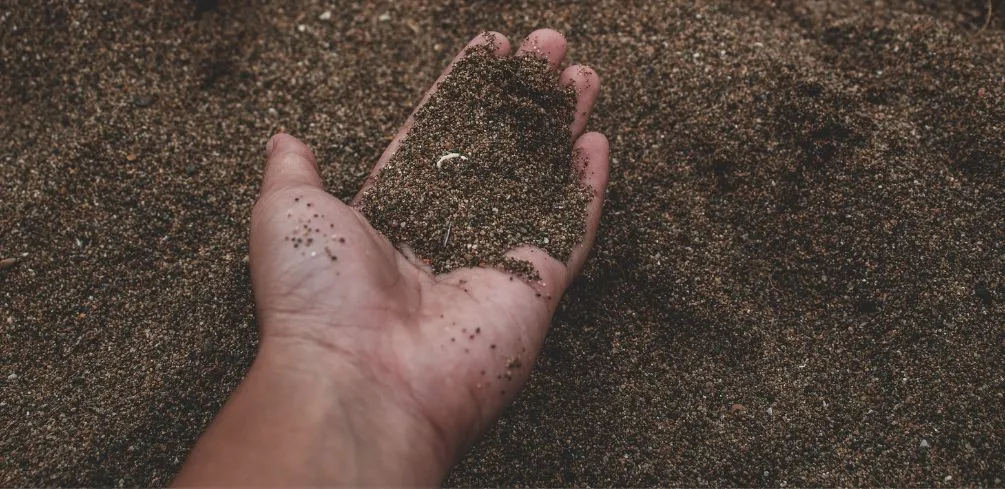Dirt has been on the planet for around 3.7 billion years. The majority of the dirt on the ground now dates back more than two million years. Two big changes occurred on the Earth approximately two million years ago, resulting in new dirt production.
Dirt is still being created continuously, albeit in very smaller quantities. Rocks beneath the dirt surface are continually reacting with rainwater or groundwater, causing them to grind together and break down into smaller minerals over time.
In this article, we will look at the age of dirt and some of its characteristics.
Origin of Dirt
Dirt has to start somewhere, and that’s why it needs parent material to function properly. Parent material can come from various sources, including volcanic ash, river sediments, and even the rocks in your own garden.
Even the Grand Canyon is considered to have “parent material.” Weathering and microorganisms play a role in the breakdown of this rock, which occurs gradually over time.
Another important consideration is the passage of time.
The development of dirt takes hundreds of thousands of years. Scientists have discovered fossilized dirt and samples from African deserts that are millions of years old.
That is why people often say as old as dirt.
What Is The Age Of The Dirt On The Ground?
The short answer to the question is that it depends greatly on where one looks and how deep one digs.
In the last ice age, several locations at our latitude and further north had their soils scraped away by ice sheets. The soil that exists in these locations now was produced since the glaciers melted.
For millions of years, the weathering of rocks into the soil in locations farther south has taken place, which has never been covered by glaciers.
The responses would range depending on whether “backyard dirt” is considered to be the rich organic layer in which plants grow, which may have grown within the last thousand years, or the deeper layers of soil that may be excavated for a basement, which may have formed over millions of years.
Is There Anything On The Planet That Is Older Than Dirt?
Some rocks are older than dirt, but that is debatable. About half a billion years ago, the world was alive with plants and animals and bacteria and rain and winds and various other things that eroded rock and produced dirt.
Nevertheless, this Earth, particularly sand and topsoil, is subjected to the most unrelenting force known to man: the force of gravity.
Over time, this dirt finds its way to the lowest height imaginable, which is to say, the ocean’s depths, where it eventually settles.
As a result, whereas rocks may be more than 4 billion years old, dirt is not. As a matter of fact, glaciers shifted a significant amount of topsoil following the end of the last ice age, leaving many areas damaged and without soil.
Despite this, plants, wind, rain, ice, animals, and various other forces rapidly began re-establishing soil. While there is unquestionably “ancient” soil out there, tens of thousands of years old, the vast majority of the dirt out there is relatively new.
How is Dirt Formed?
Although the environment impacts how quickly weathering and erosion occur, it rarely provides many hints as to how long a piece of Earth has been in a particular location.
A better set of clues can be found in the landscape, parent materials, and tree growth. This means that dirt can’t be any older than the trees that grow in it. Heirloom stone cannot be more ancient than the materials from which it is formed or the landscape on which it is discovered.
Dirt scientists collaborate with geologists to assess the age of the landscape and the length of time the parent materials have been present in the area.
Because most parent materials were deposited before written history began, geologists must make informed judgments about the age of the landscape about known glaciers, volcanic activity, floods, and other comparable phenomena to determine the age of the landscape.
What is the Rate of Dirt Formation?
According to their research, dirt scientists are also aware that dirt tends to build more quickly on particular parts of the landscape than on others.
Dirt creation occurs more frequently on flat landscapes, such as upland positions, than it does on slopes, for example.
The rate of dirt formation is limited on the slopes due to erosion. Dirt formation in lowland areas may be hindered by the deposition of fresh materials on the surface, which may occur due to flooding or gravity.
Factors That Determine the Nature of Dirt
In many cases, the texture, smell, and color of dirt can be influenced by the climate in which the dirt is generated.
Dirt will look and smell different up in the cold, rainy mountains than it will down in the dry, scorching desert because of the differences in climate.
All across the world, several types of soil may be discovered. These include red dirt, black dirt, white dirt, yellow dirt, and even speckled dirt.
What is the Difference between Dirt and Soil?
Soil is brimming with potential dirt is dead. When dirt falls into gaps in rocks, the creatures that fall into the cracks begin to decompose, and soil begins to accumulate as a result.
In this area, small microbes, such as bacteria and fungi, are hard at work transforming the soil.
While most people associate the word “bacteria” with germs, most microorganisms found in the dirt are actually beneficial.
Microbes perform a variety of functions. First and foremost, they assemble on the surface of rocks, where they create acid that aids in the breakdown of rock.
They consume nutrients in the dirt and excrete them back into the environment.
To hold the particles of sand, silt, and clay that make up soil, they produce sticky glue and thread-like strings that stick to one another. These are referred to as aggregates.
Good soil will have a large number of particles and will provide a firm foundation for plants to establish their roots. Microbes even consume the dirt produced by earthworms. It’s a massive, breathtaking cycle.
The relief or the contour of the terrain has an effect on how dirt forms as well. On the sunny side of a hill, the dirt is significantly warmer than the dirt on the shaded side of a hill. If the hillside is extremely steep, the dirt can wash away almost as quickly as generated on the hillside.
Learn more about the differences between dirt and soil here.
Conclusion
When someone tells you that you are older than dirt, you will be able to smile to yourself because you will know that dirt on Earth is not quite as old as they believe it to be.
It’s nothing more than a rock that has been degraded to a dusty pulp throughout a couple of thousand years. At least in terms of geological age, it isn’t very old.
Ever wonder what dirt is made of? It’s a great read!
